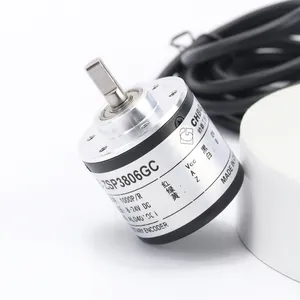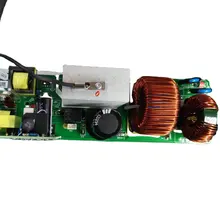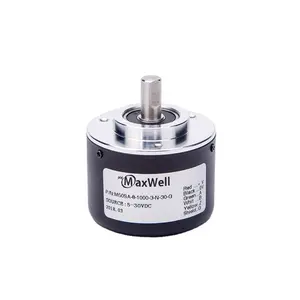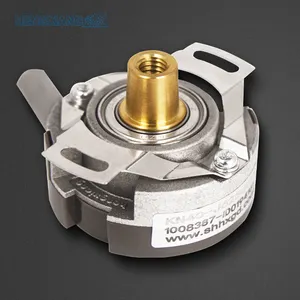Understanding 16384 PPR Encoders
Encoders are pivotal in translating mechanical motion into an electrical signal, and the 16384 PPR encoder stands as a prime example of precision in this field. PPR, or pulses per revolution, indicates the number of signals an encoder emits for each revolution of its shaft. With 16384 pulses, these encoders offer fine resolution, making them suitable for applications requiring high-precision positioning and speed control.
Types and Applications
The versatility of the 16384 PPR encoder is evident in its two main types: incremental and absolute. Incremental encoders are commonly used in systems where relative position tracking suffices, such as in printing machinery and CNC tools. Absolute encoders, conversely, provide specific positional data, ideal for applications where a device must know its exact position after a power loss, such as in robotics and aerospace.
Features and Materials
These encoders are engineered with robust materials to withstand various industrial environments. They often incorporate optical or magnetic technologies to read positional information. Optical encoders offer high accuracy, while magnetic ones are typically more resistant to dust and moisture, making them suitable for harsher conditions.
Advantages of High-Resolution Encoders
The high resolution of a 16384 PPR encoder translates to several advantages. It ensures greater precision in control systems, which is crucial in sectors like semiconductor manufacturing and medical equipment. Moreover, the high PPR count allows for smoother motion in servo mechanisms, enhancing the overall performance of automated systems.
Integration and Compatibility
Integrating a 16384 PPR encoder into existing systems is facilitated by its compatibility with various digital interfaces. These encoders can be connected to a wide range of controllers and drives, ensuring seamless communication within complex machinery. Their role in the Internet of Things (IoT) is also expanding, as they provide the necessary data for smart devices to operate autonomously and efficiently.
Ensuring Continuous Operation
For industries reliant on continuous and precise operations, maintaining a supply of 16384 PPR encoders is essential. These components are critical for the upkeep and enhancement of both digital and mechanical systems, ensuring that data and machinery operate in harmony.











































 浙公网安备 33010002000092号
浙公网安备 33010002000092号 浙B2-20120091-4
浙B2-20120091-4